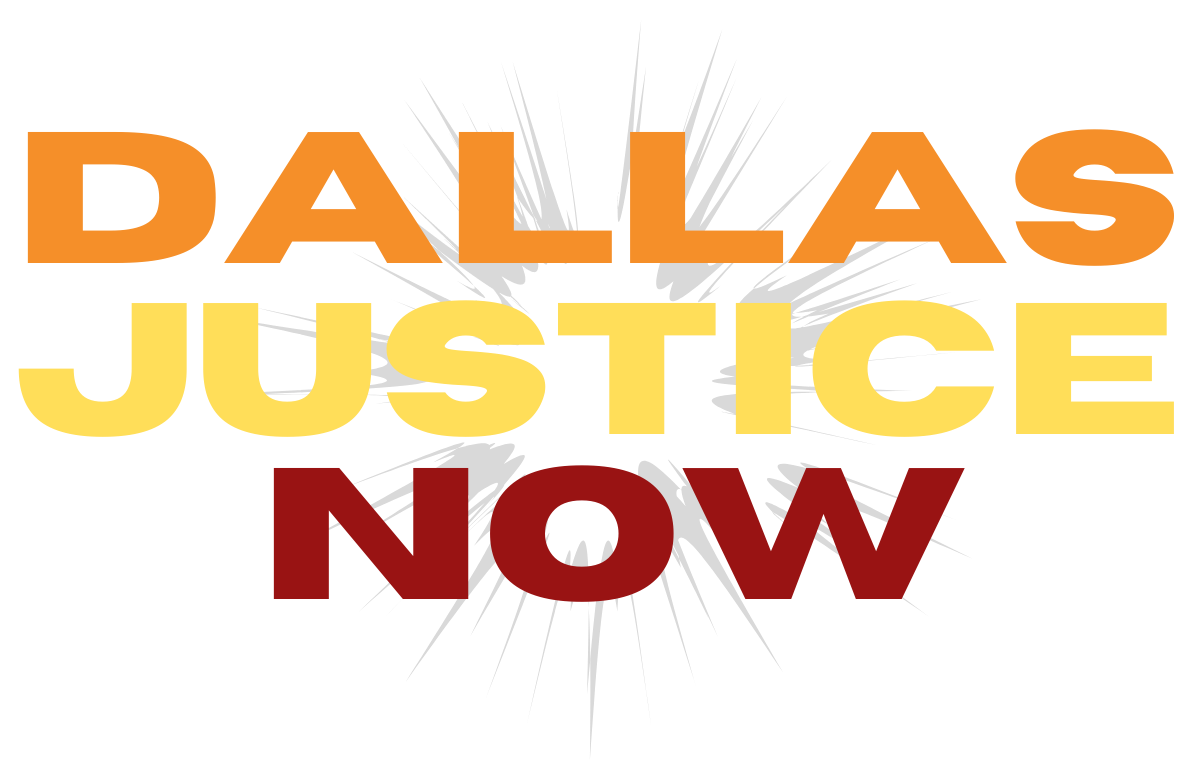Manifestations of White Privilege 2
A deeper look at examples of white privilege:
The “power of normal” goes beyond the local CVS. White people are also more likely to see positive portrayals of people who look like them on the news, on TV shows and in movies. They are more likely to be treated as individuals, rather than as representatives of (or exceptions to) a stereotyped racial identity. In other words, they are more often humanized and granted the benefit of the doubt. They are more likely to receive compassion, to be granted individual potential, to survive mistakes.
This has negative effects for people of color, who, without this privilege, face the consequences of racial profiling, stereotypes and lack of compassion for their struggles.
In these scenarios, white privilege includes the facts that:
White people are less likely to be followed, interrogated or searched by law enforcement because they look “suspicious.”
White people’s skin tone will not be a reason people hesitate to trust their credit or financial responsibility.
If white people are accused of a crime, they are less likely to be presumed guilty, less likely to be sentenced to death and more likely to be portrayed in a fair, nuanced manner by media outlets (see the #IfTheyGunnedMeDown campaign).
The personal faults or missteps of white people will likely not be used to later deny opportunities or compassion to people who share their racial identity.
This privilege is invisible to many white people because it seems reasonable that a person should be extended compassion as they move through the world. It seems logical that a person should have the chance to prove themselves individually before they are judged. It’s supposedly an American ideal.
But it’s a privilege often not granted to people of color—with dire consequences.
For example, programs like New York City’s now-abandoned “Stop and Frisk” policy target a disproportionate number of black and Latinx people. People of color are more likely to be arrested for drug offenses despite using at a similar rate to white people. Some people do not survive these stereotypes. In 2017, people of color who were unarmed and not attacking anyone were more likely to be killed by police.
Those who survive instances of racial profiling—be they subtle or violent—do not escape unaffected. They often suffer from post-traumatic stress disorder, and this trauma in turn affects their friends, families and immediate communities, who are exposed to their own vulnerability as a result.
A study conducted in Australia (which has its own hard history of subjugating black and Indigenous people) perfectly illustrates how white privilege can manifest in day-to-day interactions—daily reminders that one is not worthy of the same benefit of the doubt given to another. In the experiment, people of different racial and ethnic identities tried to board public buses, telling the driver they didn’t have enough money to pay for the ride. Researchers documented more than 1,500 attempts. The results: 72 percent of white people were allowed to stay on the bus. Only 36 percent of black people were extended the same kindness.
Just as people of color did nothing to deserve this unequal treatment, white people did not “earn” disproportionate access to compassion and fairness. They receive it as the byproduct of systemic racism and bias.
And even if they are not aware of it in their daily lives as they walk along the streets, this privilege is the result of conscious choices made long ago and choices still being made today.
(https://www.tolerance.org/magazine/fall-2018/what-is-white-privilege-really)
